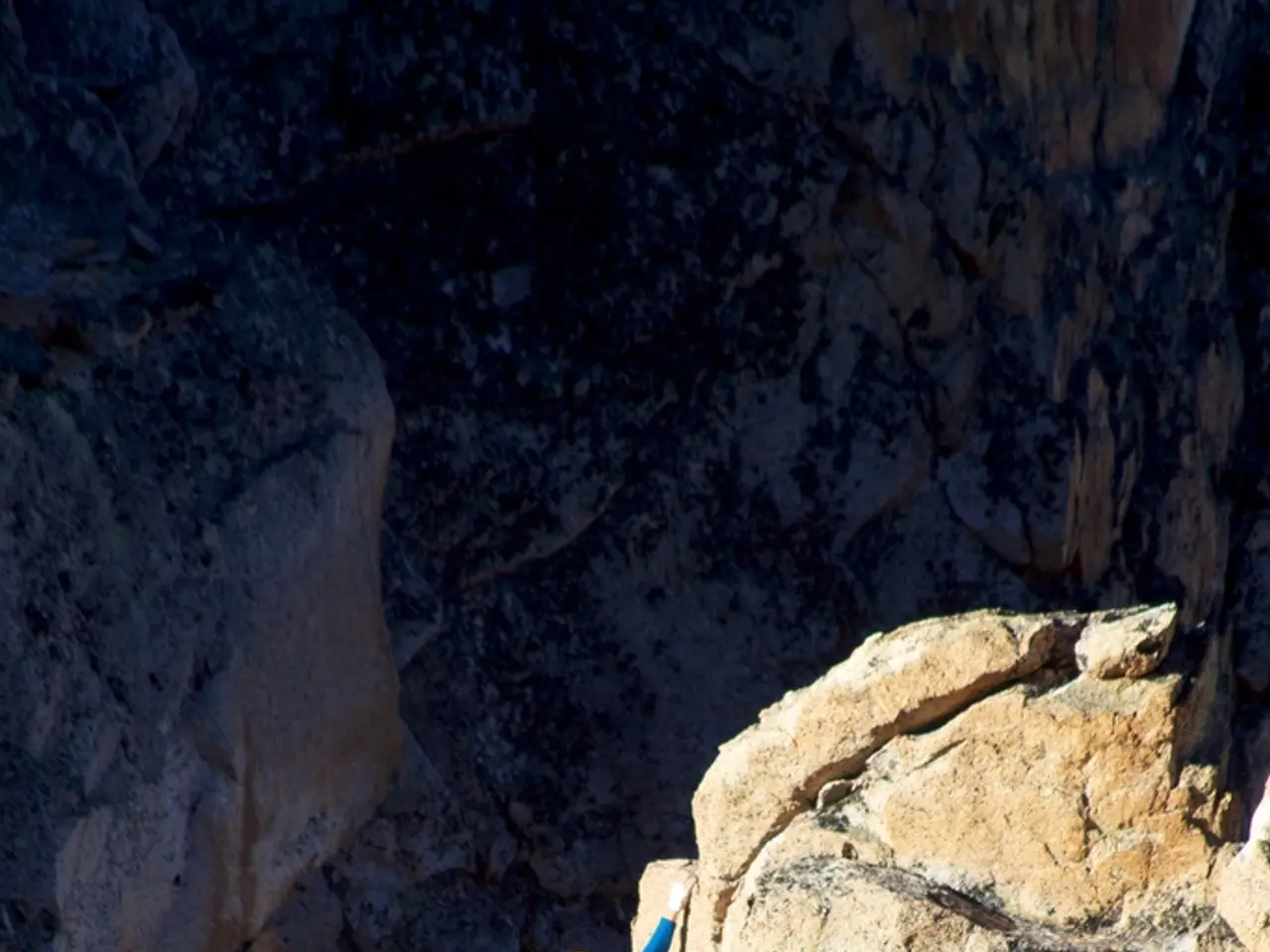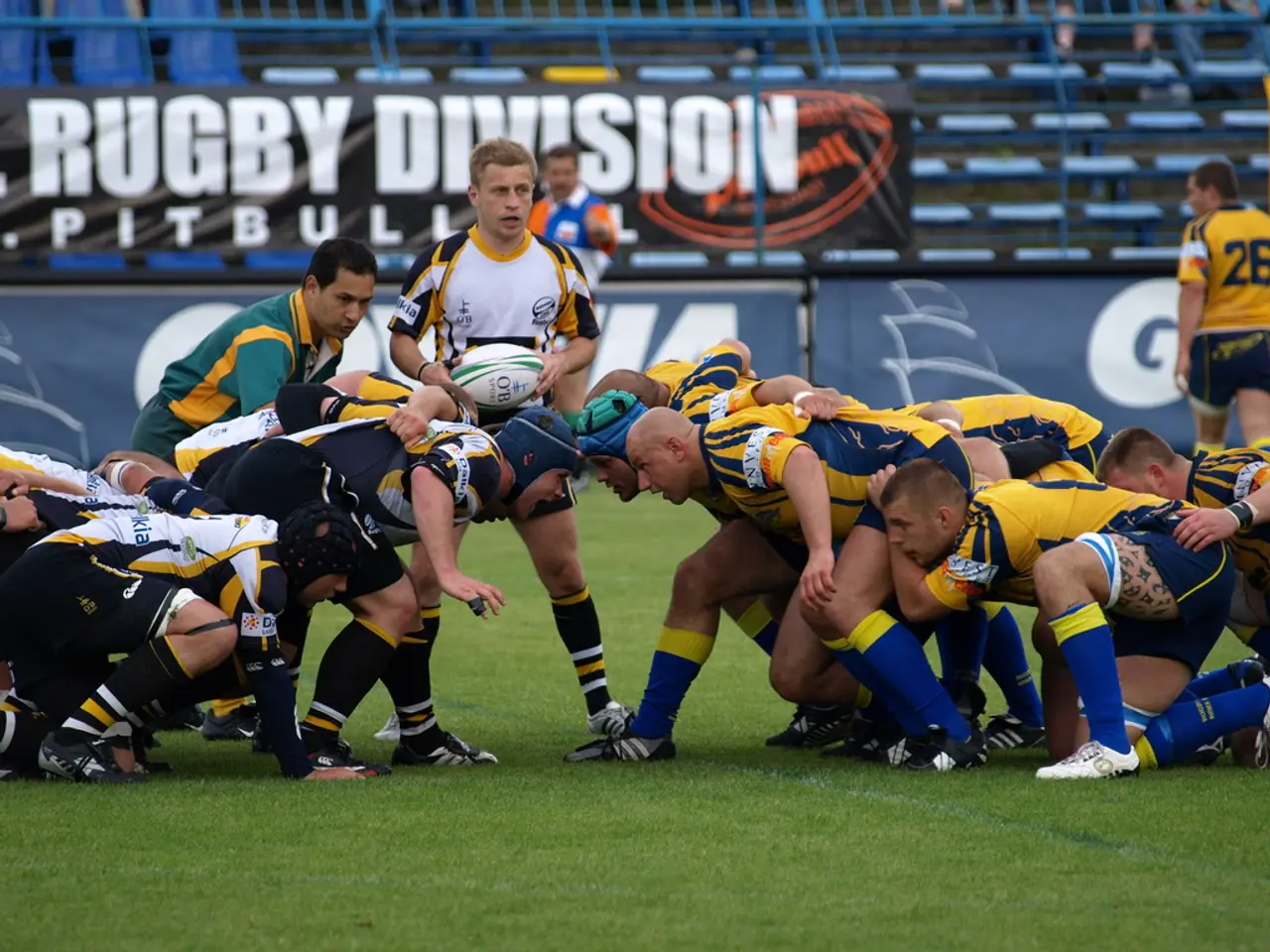Woman sustains severe injuries during a mountaineering exercise in Tyrol region - Tyrolean climbing course leaves Hamburg woman severely hurt
In a tragic incident, a 30-year-old woman from Hamburg sustained severe injuries during a climbing course in Austria's Wilder Kaiser mountain range. The accident occurred at a climbing garden, where a rock broke off, causing her to fall and also be struck by the falling rock at the bottom.
The woman fell from a height of about five meters before she could reach the first safety point. This incident underscores the importance of adhering to key safety measures and precautions in beginner climbing courses, particularly in challenging mountain environments like the Wilder Kaiser.
For beginners, climbing courses should emphasize hands-on practice with comprehensive gear inspection, expert belaying practice, clear communication, and proper use of equipment. Thorough gear checks before each climb are essential, inspecting harnesses for damage, ropes for cuts or wear, carabiners and quickdraws for functionality, and helmets for cracks or dents to protect against impacts.
Mastering belaying techniques is equally important, ensuring the belayer attentively manages rope slack and tension to give a dynamic, controlled catch in case of a fall. This involves understanding fall physics and avoiding critical clipping errors like back-clipping or z-clipping, which can cause dangerous falls.
Establishing clear and consistent communication between climber and belayer is also crucial. Agreed commands such as "Clipping!", "Take!", "Slack!", and "Falling!" ensure both parties anticipate actions and respond promptly.
Using proper descent methods, including controlled lowering and strategies like block rappelling or belaying from above during descent, also minimise the risk from loose rock or falls. Wearing essential protective gear such as helmets, harnesses, climbing shoes, and chalk is also critical for protection and safety.
Proper equipment suited to the type of climb (sport vs. trad) is critical for protection and safety. These measures together address common causes of climbing accidents and establish a strong safety culture essential in challenging mountain environments like the Wilder Kaiser.
The severely injured woman received first aid from a nearby group of mountain soldiers from the German Armed Forces before being flown to a hospital in Bavaria. The incident serves as a grim reminder of the importance of adhering to safety measures in climbing activities. Our thoughts are with the woman during her recovery.
The community policy on beginner climbing courses should prioritize vocational training that emphasizes safety measures, thorough gear checks, expert belaying practice, clear communication, proper use of equipment, and mastering descent methods. Ignoring these guidelines could potentially lead to accidents, as tragically demonstrated in the general-news incident involving a climber in the Wilder Kaiser mountain range.





